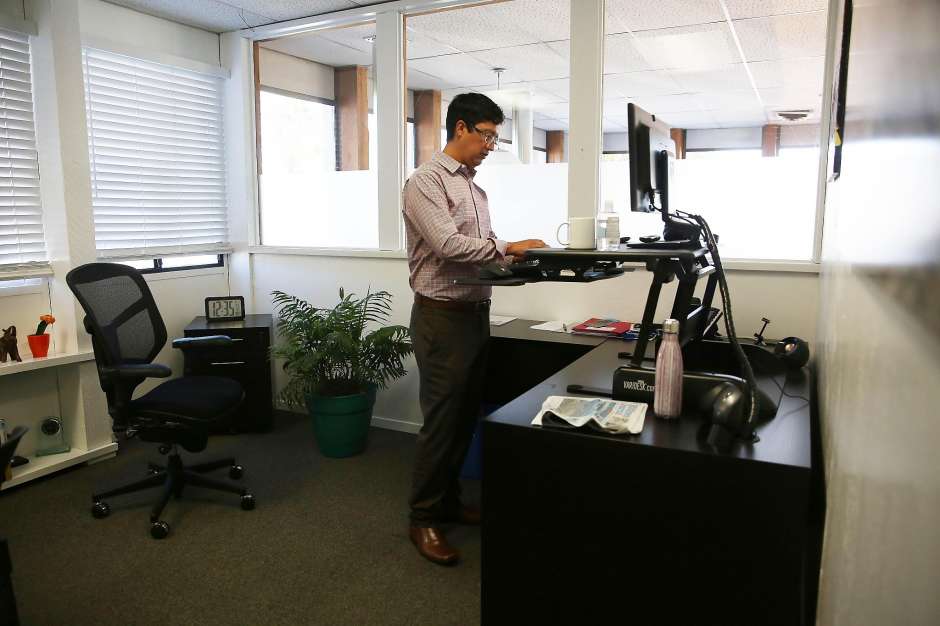Here’s why Marin continues to be the Bay Area’s most segregated county
December 8, 2020
SF Chronicle article by: J.K. Dineen

A new UC Berkeley study showing that Marin County leads the Bay Area in segregation didn’t come as a surprise to Phil Richardson — or, for that matter, to other developers who have struggled to get housing built in the North Bay county.
The report from UC Berkeley’s Othering & Belonging Institute found that six of the 10 most racially segregated municipalities in the Bay Area are in Marin County. Using data from census tracts, the institute calculated segregation in each of the Bay Area’s 101 municipalities, categorizing demographics into five categories — Latino, white, African American, Asian and other. The study ranked cities and towns by what it termed “inter-municipal segregation” — or the “segregation of the residents from the larger region.”
The top 10 includes Ross and Belvedere, where whites make up more than 90% of the population, as well as Sausalito, San Anselmo, Fairfax and Mill Valley, which all have white populations of more than 85%. As a whole, the nine-county Bay Area comprises 59% people of color. Rounding out the 10 top are Woodside, Portola Valley, Cupertino and East Palo Alto.
While multifamily development doesn’t guarantee an integrated neighborhood, the study shows that in a wealthy county like Marin, where the average home price is just under $1.3 million, strict single-family zoning all but ensures that communities will remain wealthy and white.
Omar Carrera, chief executive officer of the Canal Alliance in San Rafael, said that the lack of new housing has led to overcrowding, which has in turn fueled coronavirus infections. Between 1990 and 2013, the neighborhood’s Latino population jumped from about 7,500 to 12,000, while just 300 new units of housing were added, he said.
Carrera’s group has advocated for affordable housing to be built on a lot adjacent to the Home Depot, but the idea has not gained traction.
“Every time we start talking about housing they use the environmental argument to stop the development,” Carrera said. “It makes me wonder if it’s an elegant way to be to maintain the current segregation and the overcrowding, which is a result of the lack of housing opportunity.”
Read the full article on the SF Chronicle website: